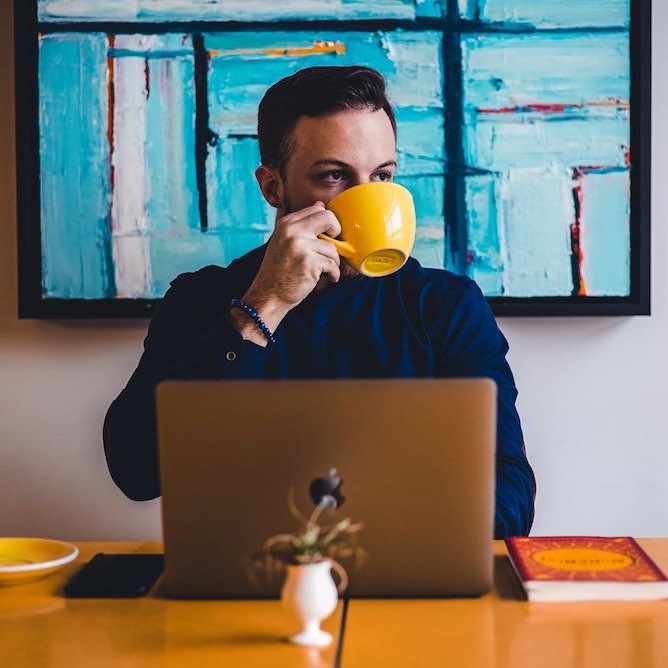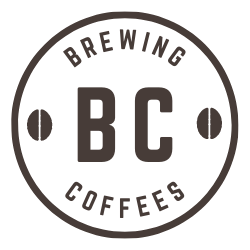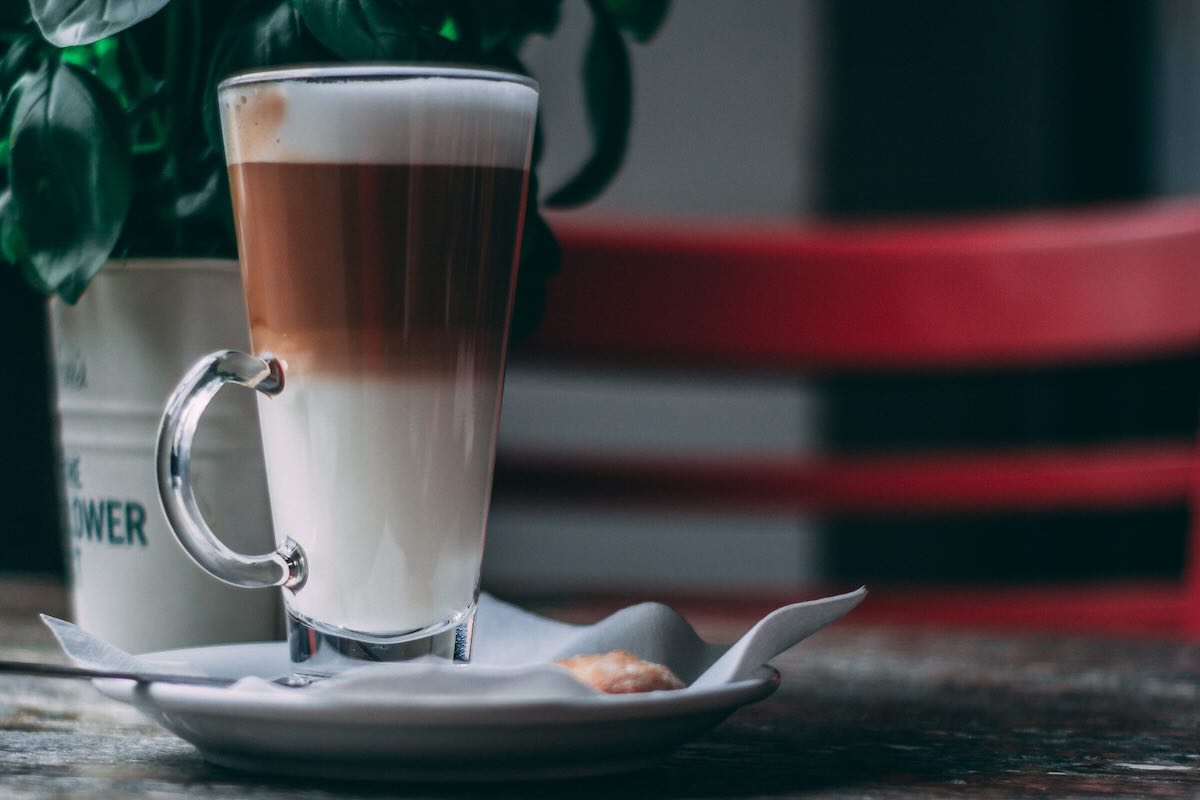Latte is a popular coffee drink; many love it because it tastes milder and creamy. However, some drinkers overdosed on caffeine, as Latte tasted so good they drank more cups than they should. How much caffeine is in Latte?
A cup of Latte with a single espresso shot could have 45 to 118 mg of caffeine. Many factors may influence your Latte’s caffeine amount, such as bean type, roast level, and coffee grind volume. If you take more than one shot of espresso in your Latte, you will ingest more caffeine too.
In this post, we explore how much caffeine is in Latte. We also look at factors that can influence the final amount of caffeine in your Latte and how much you can drink to stay within a safe range.
Amount of Caffeine In Latte Per US Coffee Chain
Latte comes in many styles and portions, making determining how much caffeine is in each cup hard. However, suppose you take a regular Latte made with a single shot of espresso. You should ingest between 45 to 118 mg of caffeine in that case.
This range is based on the amount of caffeine in espresso shots across several major coffee chains in the US, such as Starbucks, Tim Hortons, and Dunkin.
| Coffee Chain | Caffeine In Single-Shot Espresso |
|---|---|
| Starbucks | 75 mg |
| Dutch Bros | 46.75 mg |
| Tim Hortons | 45 mg |
| Dunkin | 118 mg |
Almost understand that the figure range is based on Lattes made with single-shot espresso. If you drink double, triple, or eye-widening quad shots, your caffeine content will likely be much higher.
Since the espresso brings the caffeine into Latte, we can use this to tell how much caffeine is in your drink. The other component in Latte, milk, does not contain caffeine.
However, milk dilutes the taste of espresso, making the coffee much smoother and creamier. As a result, many may be drinking the Latte without noticing the amount of caffeine they are ingesting.
What Determines The Amount Of Caffeine In Latte?
Many factors determine the final amount of caffeine in your cup of Latte. This is why we cannot give you an exact number but a range. These factors include, but are not limited to:
Bean Type
There are four major coffee bean types or cultivars. The most popular is the Arabica, followed by Robusta, Liberica, and Excelsa. These coffee bean types can differ in size, flavor, and more.
When it comes to caffeine content, they are not the same too. Robusta is known to have the highest concentration of caffeine compared to other types of beans.
This means the caffeine content should be higher if the coffee ground used to make your espresso and Latte contains Robusta beans.
Roast Level
Caffeine is quite a stable chemical; it does not change much in structure, even if exposed to heat and many other things. However, the roast level of your coffee beans can still influence the amount of caffeine inside it.
This is because the darker you roast the coffee beans, the more moisture you remove from the coffee beans. This is likely to also remove some caffeine from the beans. The heat does not break down the caffeine in general.
As a result, the lighter the coffee is roasted, the more caffeine it retains. If you like Latte with lower caffeine content, drink darker roasts.
Coffee Grind Amount
Another aspect that could influence caffeine in your Latte is the amount of coffee grinds you use.
You usually pull a single shot of espresso using about 7-8 grams of coffee grind. However, some baristas may use a larger portafilter to pack more coffee grounds into the espresso machine.
This means the espresso shot would have a higher caffeine concentration. This also makes your Latte higher in caffeine content.
Number Of Espresso Shots
Finally, the number of espresso shots will also influence the final caffeine count in your Latte. Of all factors listed here, this is the most significant factor.
This is because shots add up to the caffeine count quickly. For example, adding a single shot will double the caffeine content in your Latte. Larger cups of Latte usually may have more than a single shot of espresso, so be careful here.
How Much Caffeine Can We Drink Safely Every Day?
Caffeine overdose can happen. On lower doses, it would not be life-threatening, but you can definitely feel it. The jitteriness is not fun, so you want to watch your caffeine intake.
If we take the figure from the United States Food and Drug Administration (US FDA), the recommended limit for caffeine intake for a healthy adult is no more than 400 mg daily. This should translate to no more than 3-5 shots of espresso a day.
If you drink Latte, ensure the total Latte you are drinking for the day contains more than that amount of espresso shots.
Wrapping Up
In this post, we explored how much caffeine is in Latte. We also looked into the factors that influence total caffeine count.
The takeaway? Always watch the amount of espresso added to your Latte to ensure you do not exceed 400 mg of caffeine daily.
If you find this post helpful, check out our guide on caffeine content in espresso and how Cappuccino differs from Latte.
Common Questions About Caffeine In Latte
The caffeine content in Lattes can differ a lot. The final amount depends on bean type, roast level, coffee grind amount, and number of espresso shots used.
Latte should have the same amount of espresso as the espresso itself. This is because Latte is basically espresso with milk and foam. Milk and foam do not remove caffeine.
3 cups of Latte with single-shot espresso is not likely to cross the recommended daily limit from the US FDA. However, your body may react differently to caffeine, which means you also want to listen to it.

I’m Joel, an espresso-loving coffee nerd. I got into coffee because I spent a lot of time in Milan as a kid and started liking coffee waaaay too young. I’m all about making sure espresso is treated with the same care as any other coffee – it’s not just a quick drink!


Leave a Reply